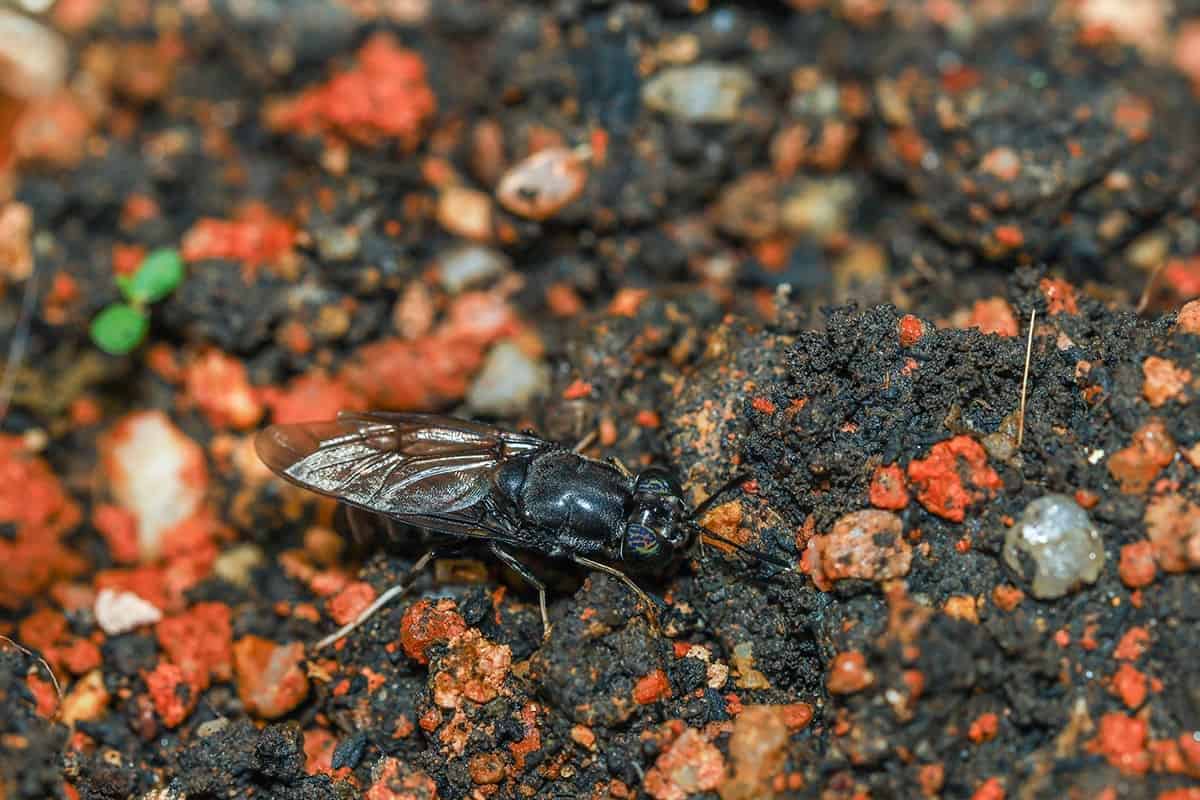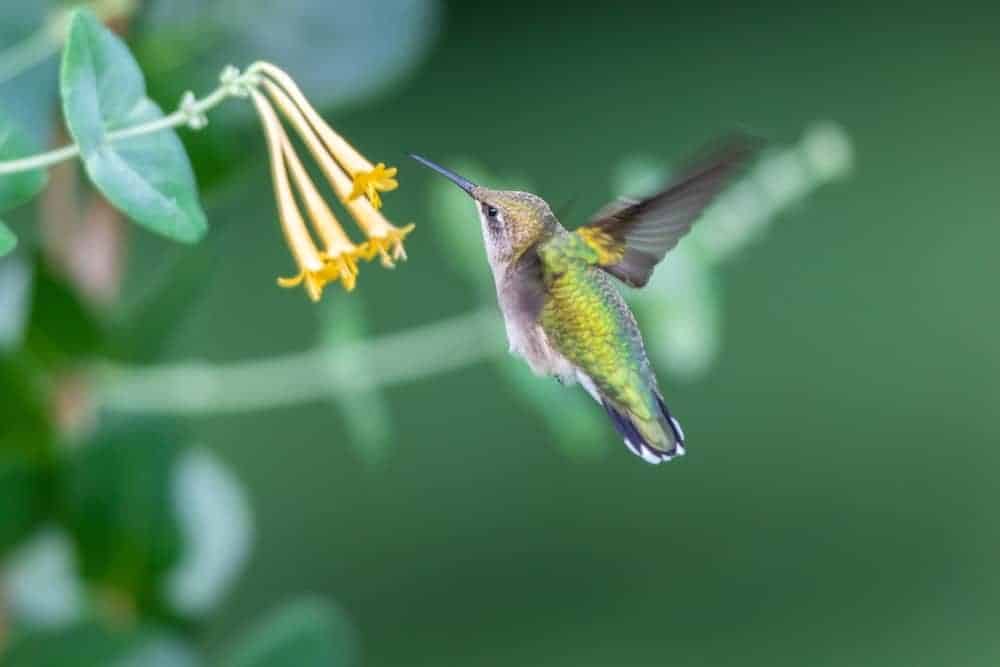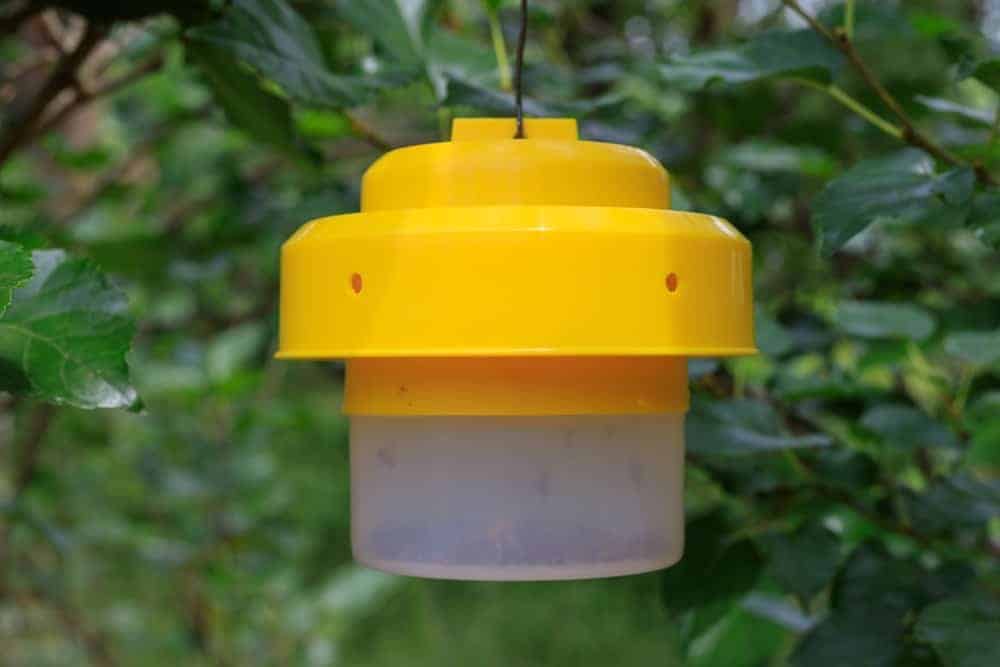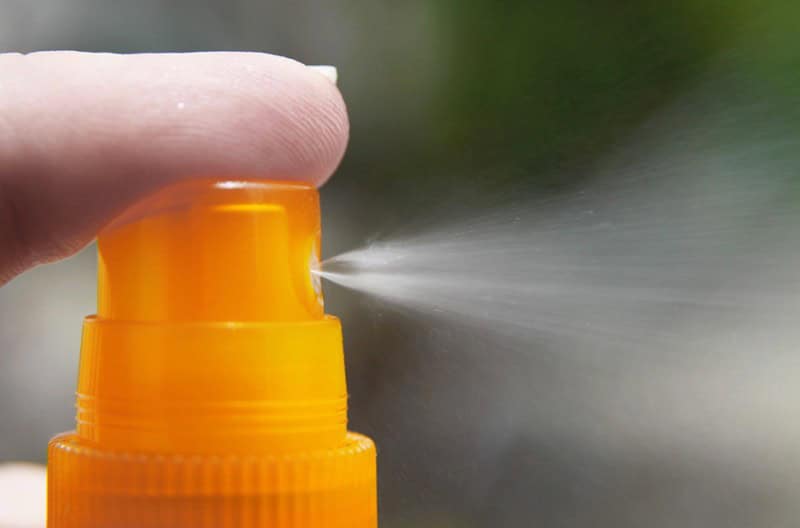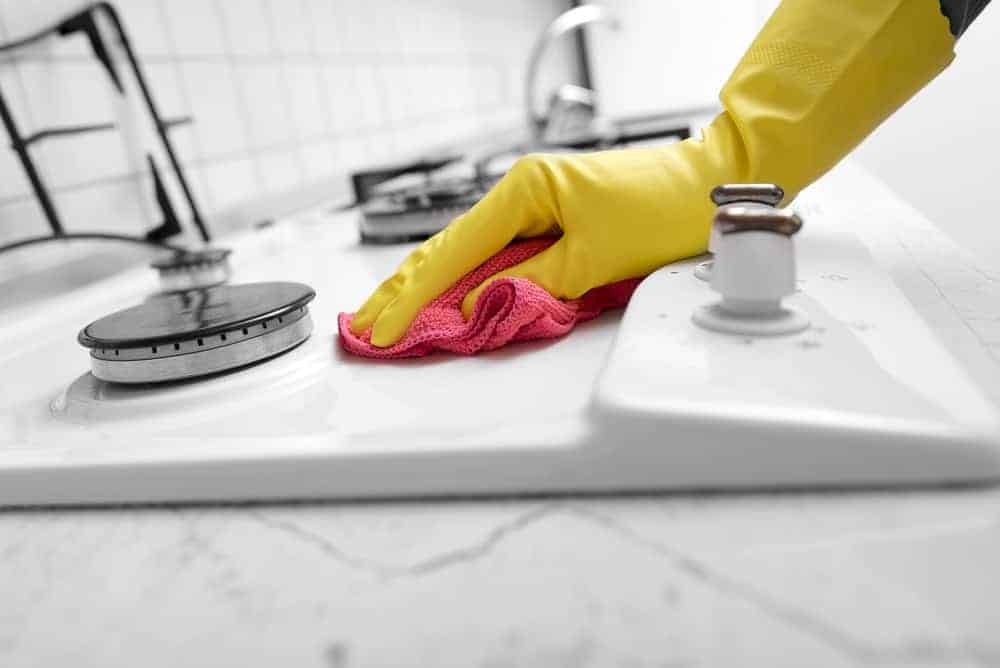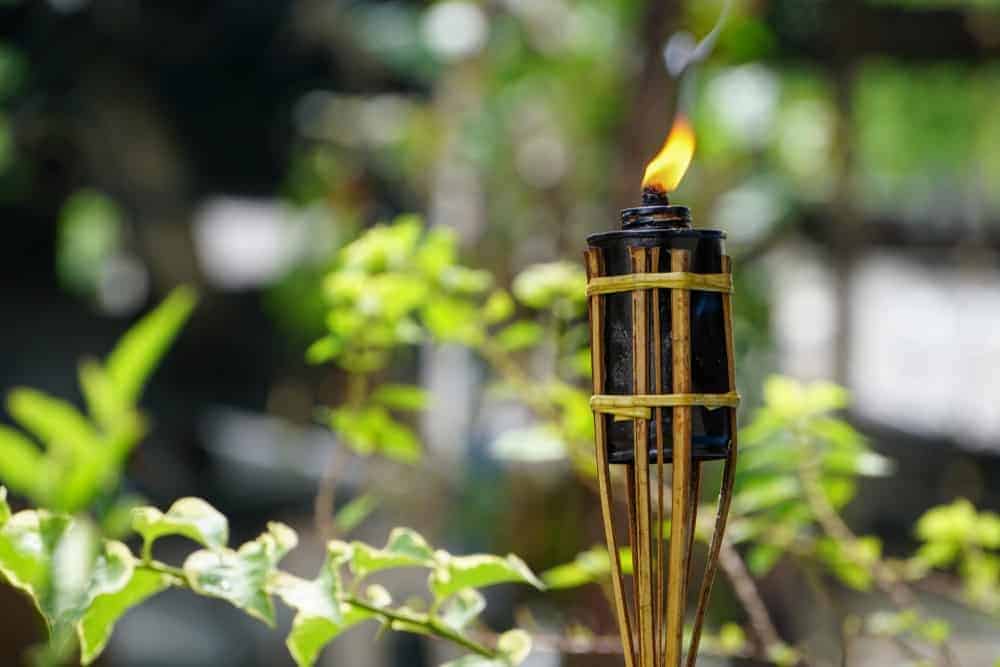Imagine a warm summer evening, surrounded by the serenity of nature. You’re enjoying a good book or cooking up a storm in the kitchen, when suddenly, an unwanted guest crashes the party – a swarm of flies. The pesky insects seem to appear out of nowhere, buzzing around your plants, food, and even you. For homesteaders with chickens, ducks, or livestock, this annoyance can quickly become a full-blown crisis. But fear not!
With these practical tips and tricks, you’ll be well-equipped to banish those bothersome flies from your garden and home for good.
Tips for Getting Rid of Flies Outside
To effectively eliminate flies, it’s essential to identify their primary food source. A thorough inspection is necessary to pinpoint the specific location or object that’s drawing them in. Common hotspots include areas with abundant organic matter, like compost piles or waste management facilities, as well as food bins and containers.
By locating the focal point of fly activity, you can then develop a targeted strategy for reducing the attractiveness of this area and subsequently minimizing their presence.
Detect the Food Sources
When it comes to building a sustainable and eco-friendly homestead, managing compost piles is an essential part of the process. While these piles are excellent for the environment, they can also attract unwanted visitors – flies. If you find yourself dealing with a swarm of house flies in your compost, something is amiss. A key factor to consider is the balance of green and brown waste in your compost. A healthy pile should feature soldier flies, but not house flies.
This issue isn’t unique to farms with livestock; urban areas can also struggle with fly infestations if there’s accessible waste. Summer is a particularly crucial time to monitor food waste, trash, and compost, as this is when you’re more likely to notice an increase in fly activity. Regularly inspect your space every few days for small clusters of flies, allowing you to identify popular areas and quickly remove the waste that’s attracting them.
To stay on top of things, aim to pick up garbage at least twice a week.
Additionally, consider implementing the following strategies to prevent flies from taking over your homestead:* Ensure tight-fitting lids are used on food or waste containers* Regularly clean up livestock or pet feces* Remove leftover food promptly* Dry out areas of water to eliminate standing moisture* Keep compost piles at a distance from your homeBy maintaining a consistent cleaning schedule, you’ll be better equipped to identify and address any issues before the flies take over your property.
Welcome Natural Predators
Rather than fighting against nature, it’s often more effective to work with it. One strategy for keeping fly populations under control on your homestead is to encourage the local wildlife to help you out. Many birds and bats have a natural appetite for flies, making them valuable allies in this battle. To attract these avian and mammalian helpers, consider installing birdhouses in your trees, setting up birdbaths, and leaving food out in feeders.
If you’re lucky enough to have a pond on your property, don’t forget about the benefits of having frogs around – these amphibians are voracious consumers of adult flies and their larvae, making them a valuable addition to your homestead’s ecosystem.
Use Traps for the Flies
When it comes to managing fly populations on your homestead, traps can be a simple yet effective solution. There are various types of traps you can employ, each with its own unique characteristics. One popular option is using fly paper or sticky ribbons around garbage bins to capture the flies that tend to congregate near waste. This method has been tried and true for many people, as it effectively lures the pests away from their unwanted gathering spots.
However, be sure to place these traps in a way that prevents your poultry or livestock from getting stuck – trust us, you don’t want to have to deal with removing sticky paper from your chickens’ feathers! For a more organic approach, some gardeners swear by lures filled with water and stinky attractants. These traps are not only reliable but also effective in capturing flies without relying on chemicals.
Another option is using ultraviolet light traps placed strategically outdoors in areas like alleyways or trees to prevent flies from even approaching animals or compost piles.
Turn the Fans On
When it comes to repelling flies, harnessing the power of wind can be an effective strategy. One clever approach is to utilize fans to encourage these unwanted visitors to take flight and relocate to a different area. This method can be applied both indoors and outdoors in smaller spaces such as patios or garden decks. If you plan to enjoy al fresco dining during the summer months, a fan can prove to be a valuable asset in keeping flies at bay.
Simply position the fan near your outdoor dining table, and you’ll find that few, if any, flies will bother your meal. It’s worth noting that fans need to be reasonably robust to be effective; a lazy ceiling fan won’t suffice.
Use an Electric Repellant
Repellent-emitting devices prove to be highly effective in deterring flies and mosquitoes from approaching. Although their reach is limited to approximately 20 feet, making them less suitable for large-scale pest control, they can still provide a reliable barrier against unwanted insects in specific areas, such as near your workspace or recreational zones.
Dealing With Flies Inside the House
While the outdoors aren’t the only place where fly problems can arise, your home’s interior spaces also require attention. Flies tend to congregate around food-scented areas, such as unsealed garbage cans, overflowing pet waste stations, and poorly maintained kitchen counters. These pesky insects are drawn to the aroma of rotting fruit, dirty drains, and unwashed dishes. To tackle this issue indoors, you can utilize fans, which are effective in both indoor and outdoor settings.
In addition to fans, consider these alternative methods for eliminating flies from your home:
Seal Entrances
When it comes to keeping a house fly-free, one of the most crucial steps is sealing all entrances. This can be a challenge, especially when you have multiple family members living under one roof during the hot summer months. However, taking this step is essential for eliminating flies from your home. To start, make sure to install screens on any doors or windows that don’t already have them.
Additionally, consider installing mesh over small openings like vents to prevent even the smallest of insects from entering. Your mom’s advice – ‘shut the door or you’ll let the flies in’ – still holds true today! Flies are drawn to the cooler environment and enticing smells indoors, making it easy for them to find their way inside.
To further secure your home, apply an adhesive to any small holes that might be allowing flies to enter, and make sure garage doors don’t stay open for extended periods of time. Ideally, aim to keep them closed during the warmest parts of the day and early evening hours when flies are most active.
Keep Plants That Get Rid of Flies
When it comes to keeping flies at bay, some houseplants can be a valuable asset in your home. One such option is a herb garden, which not only adds pleasant aromas but also limits the number of flies entering through windows. To create an effective deterrent, consider planting lavender, mint, lemon verbena, or basil near a window – this strategic placement allows you to capitalize on the fact that flies are most active and sensitive to smells in these areas.
If you’re not interested in cultivating herbs, there’s another solution: combine vetiver and cinnamon essential oils with water to create a DIY spray. Research has shown that this mixture is effective at deterring flies. Simply concentrate the spray on windowsills, doors, and common fly habitats within your home.
Insecticides and Repellents
While chemical-based insecticides and repellents can be effective in eliminating flies, many people prefer to adopt natural methods first. Products containing DEET or permethrin are often considered the most reliable options, but it’s essential to explore alternative approaches before resorting to chemicals.
A key aspect of fly control is maintaining a clean and organized living space.
Regularly disposing of trash, using proper cleaning tools, and keeping your home free from clutter can significantly reduce the likelihood of fly infestations. In addition to these habits, having a trusty fly swatter on hand can be useful for dealing with any stray flies that manage to evade your efforts.
Clean, Clean, Clean
To effectively eliminate fly infestations, it’s essential to maintain a spotless living space. Start by ensuring all trash cans are properly sealed and free from any lingering odors. Next, dedicate time to thoroughly cleaning your kitchen, bathroom, and areas where pets roam, as these spaces can quickly become breeding grounds for flies.
Additionally, don’t overlook the importance of addressing any water leaks or dampness, as these issues can create an ideal environment for fly populations to thrive. Furthermore, be sure to tackle often-overlooked sources of attraction, such as dirty dishes left in the sink, uneaten pet food, and shoes that have brought unwanted debris into your home.
What Not To Do
Unfortunately, the market is flooded with ineffective fly control methods that prey on unsuspecting individuals. It’s crucial to steer clear of these unproven solutions and focus on evidence-based approaches. Some of the most common pitfalls include…
Don’t Bother With Candles
The notion that citronella candles repel flies and mosquitoes due to their aromatic scent is a widespread myth. Manufacturers have long touted these candles as a way to deter insects with the smoke and fragrance they emit. However, numerous studies have debunked this claim, revealing that essential oil-based candles are ineffective in keeping these pests at bay.
Forget Ultrasonic Devices
It’s important to note that the effectiveness of these high-frequency emitting devices is often overstated when it comes to deterring flies. Rather than investing in products that may not deliver on their promises, consider focusing on methods that have a proven track record of success.
Ditch Zappers
UV-light emitting traps, designed to capture flying insects, rely on the insects’ natural attraction to light. Specifically, these traps target moths and other nocturnal insects that are drawn to UV radiation. However, this approach is less effective when it comes to flies, as they don’t share the same affinity for UV light. Instead, fly control often requires alternative methods, such as bait traps or sticky surfaces, to successfully capture these pests.

